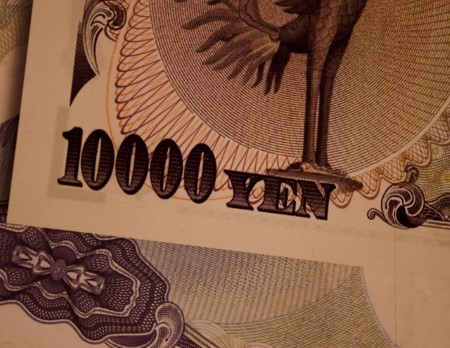




Philippines Trade Update: Exports momentum continues
 DOWNLOAD
DOWNLOAD

Quarterly Economic Growth Release: More BSP cuts to come
 DOWNLOAD
DOWNLOAD

Monthly Economic Update: Fed catches up
 DOWNLOAD
DOWNLOAD


Yen rises in cautious calm after BOJ policy tweak

SINGAPORE, Dec 22 (Reuters) – The yen firmed towards its recent four-month peak against the dollar on Thursday, after the Bank of Japan’s surprise tweak to its bond yield control earlier this week provided a catalyst for trade in an otherwise dull week ahead of year-end holidays.
The yen was about 0.3% higher at 132.05 per dollar, after surging to a four-month high of 130.58 on Tuesday in the aftermath of the BOJ’s decision to allow the 10-year bond yield to move 50 basis points either side of its 0% target, wider than the previous 25 basis point band.
The greenback, which rose 0.6% against the yen in the previous session, had failed to meaningfully recoup its 3.8% slump following Tuesday’s news.
“The BOJ opened the door, obviously, for further unwinding of its super-loose policies,” said Sean Callow, a senior currency strategist at Westpac.
“It’s a case of what’s the price action on the yen? Do people want to try to keep pounding at (dollar/yen), having absorbed the shock of Tuesday?”
Against the euro, the yen steadied at 140.27, while trading at 159.73 per pound. Both pairs were holding close to roughly three-month peaks hit on Tuesday.
Sterling rose 0.14% against the dollar to USD 1.2102, after having slid 0.85% overnight.
British public borrowing unexpectedly jumped last month to its highest for any November on record, figures overnight showed, underscoring challenges for the British economy.
“The borrowing figures are just a reminder of what a difficult position the UK is in, fiscally,” Callow said.
“In a world where risk sentiment is still very fragile, currencies whose countries have a twin deficit are at risk compared to others.”
The euro edged 0.1% higher to USD 1.0617, while the Aussie rose 0.22% to USD 0.67225.
The kiwi fell 0.06% to USD 0.62905, after a 0.8% slump overnight.
Against a basket of currencies, the US dollar index was 0.13% lower at 104.10.
US consumer confidence rose to an eight-month high in December as inflation retreated and the labor market remained strong, but fears of a recession persisted, resulting in fewer households planning to make big-ticket purchases over the next six months, data released overnight showed.
In Asia, the Chinese offshore yuan was last marginally higher at 6.9775 per dollar but has traded mostly sideways in the last few sessions due to growing worries over a surge in COVID-19 cases across the country.
With China’s economy having been badly hurt by its stringent COVID-related restrictions, state media on Wednesday quoted the cabinet as saying that the country will seize the time window to implement policy measures to support the economy, aiming for an improvement in growth in early 2023.
(Reporting by Rae Wee; Editing by Edmund Klamann)
This article originally appeared on reuters.com





 By Reuters
By Reuters